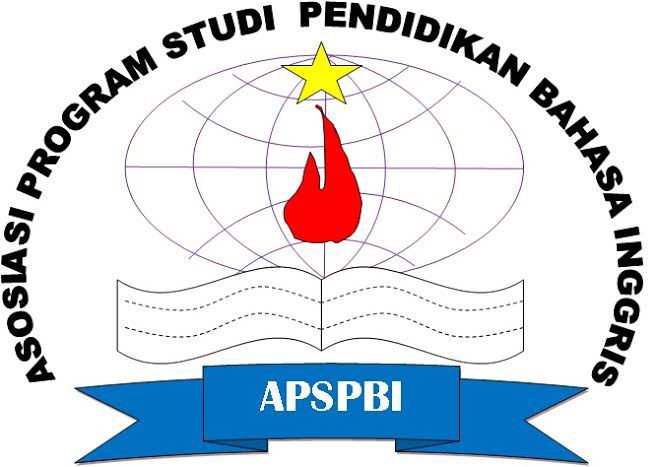The Advantages of Android in Translation Course
Keywords:
android, advantages, translationAbstract
This research aimed at describing the advantages of android use in learning process. This research conducted at the fourth semester of English Department of Education and Teachers Training Faculty of Universitas Lancang Kuning. The sample of this research is 30 % of the total number of the population, they are about 7 students. The method of this research is descriptive analysis. Before getting the data by giving questionnaire to the students during teaching and learning process of Translation Subject by using android, they had got a test of translating an English text into Bahasa Indonesia. Finally, it is found that there are some advantages found. They are android motivated the students, android is easy to use and access, android improve the students’ confidents to involve in the learning process.
Downloads
References
[2] Andriani, Refika. "Improving Students’ Vocabulary Mastery using Interactive Multimedia." ELT-Lectura 3.1 (2016).
[3] Arsyad, Azhar. 2002. Media Pembelajaran. Jakarta: PT. Raja Grafindo Persada.
[4] Baker, Mona. 2006. In Other Words. London & New York: Rouledge, Taylor and Francis Group.
[5] Bassnett, Susan dan Andre Lefevere (Eds.). 2002. Translation, History and Culture. USA: Cassell.
[6] Dale, E. 1969. Audio Visual Methods in Teaching. (Third Edition) New York: The Dryden Press.
[7] Gagne, R.M. and M.P. Driscoll. 1988. Essentials of Learning for Instruction. New York: Prentice Hall, Inc.
[8] Hatim, Basil and Jeremy Munday. 2004. Translation An advanced resource book. London & New York: Rouledge, Taylor and Francis Group.
[9] Keller, J. M. 1987. Development and Use of The ARCS Model of Motivational Design, Journal of Instructional Development, 10(3), 2-10. (http://www.arcsmodel.com/, diakses 29 Juni 2012).
[10] Kemmis, S dan R. Mc Taggart. 1998. The Action Research Planner. Victoria: Deakin University.
[11] Larson, Mildred L. 1988. Penerjemahan Berdasarkan Makna: Pedoman untuk Pemadanan Antarbahasa (Diterjemahkan oleh Kencanawati Taniran dari Meaning-based Translation: A Guide to Cross Language Equivalence). Jakarta: Penerbit Arcan.
[12] Molina dan Albir. 2002. Teknik Menerjemah. http://ihsania.blog.uns.ac.id/teknik-penerjemahan-menurut-molina-dan-albir/
[13] Nababan, M. Rudolf. 2003. Teori Menerjemah Bahasa Inggris. Pustaka Pelajar: Yogyakarta.
[14] Newmark, Peter. 1988. A textbook of Translation. London: Prentice Hall.
[15] Nida, Eugene A. dan C.H. Taber. 1976. Language Translation and Translation. California: Stanford University.
[16] Refika, Andriani, and Wahyuni Devi. "Improving Students’ Writing Skill in Narrative Text by Using Storybird." ELT-Lectura 5.1 (2018): 78-85.
[17] Silaban, Antri Lilin, and Refika Andriani. "Using Flyswatter Game to Improve Students’ Vocabulary Mastery at Grade Eigth SMP Dwi Sejahtera Pekanbaru." ELT-Lectura 4.2 (2017).
[18] Syaifullah, Syaifullah, Refika Andriani, and Destina Kasriyati. "Analisis Figure of Speech dalam Terjemahan Puisi “My Mistress’ Eyes are Nothing Like the Sun” oleh Mahasiswa Prodi Pendidikan Bahasa Inggris Fakultas Keguruan dan Ilmu Pendidikan Universitas Lancang Kuning." Lectura: Jurnal Pendidikan 9.1 (2018): 95-104.
[19] Sadiman, dkk. 2010. Media Pendidikan “Pengertian, Pengembangan dan Pemanfaatannya”. Jakarta: PT Raja Grafindo Persada.
[20] Soekamto dan Winataputra. 1995. Teori Belajar dan Model-Model Pembelajaran. Jakarta: Departemen Pendidikan dan Kebudayaan Republik Indonesia.
[21] Undang-Undang Republik Indonesia Nomor 20 Tahun 2003 Tentang Sistem Pendidikan Nasional, Jakarta: Departemen Pendidikan Nasional Republik Indonesia.
[22] Winkel, 1996. Psikologi Pengajaran. Edisi Revisi, Jakarta: PT Gramedia Widya Sarana.
Published
How to Cite
Issue
Section
This is an open-access article distributed under the terms of the Creative Commons Attribution-ShareAlike 4.0 International License which permits unrestricted use, distribution, and reproduction in any medium. Users are allowed to read, download, copy, distribute, search, or link to full-text articles in this journal without asking by giving appropriate credit, providing a link to the license, and indicating if changes were made. All of the remixes, transform, or build upon the material must distribute the contributions under the same license as the original.











